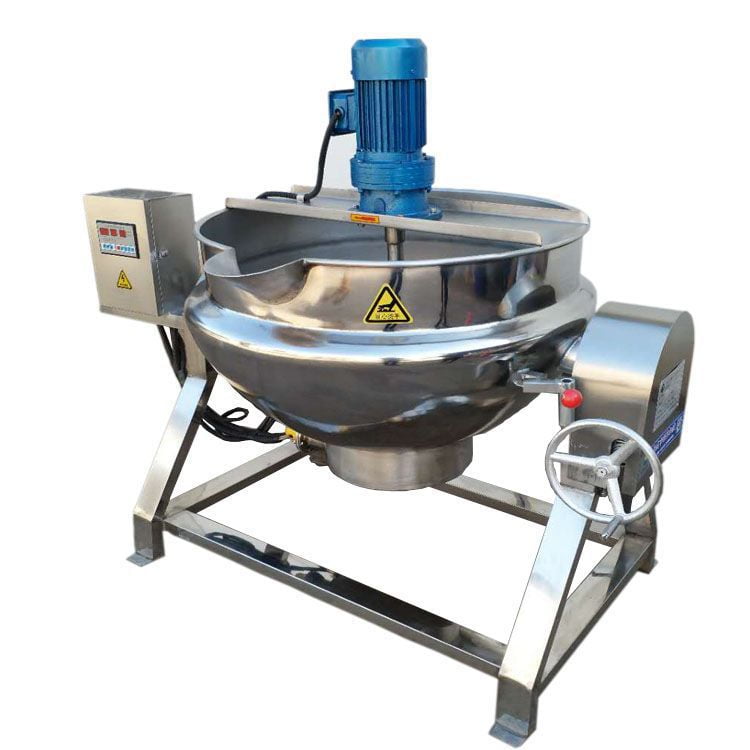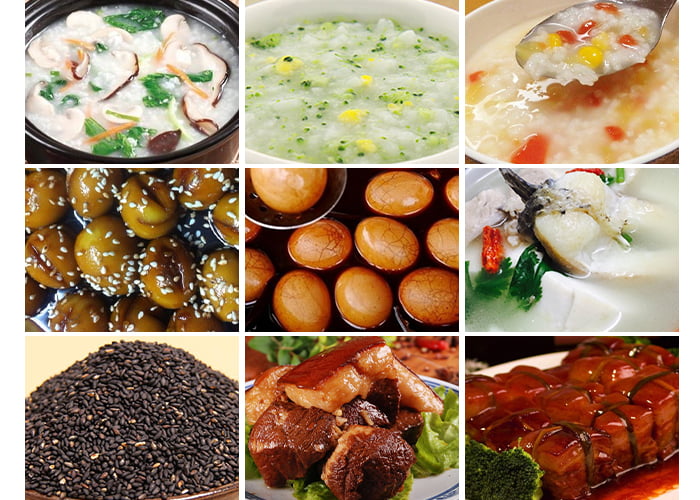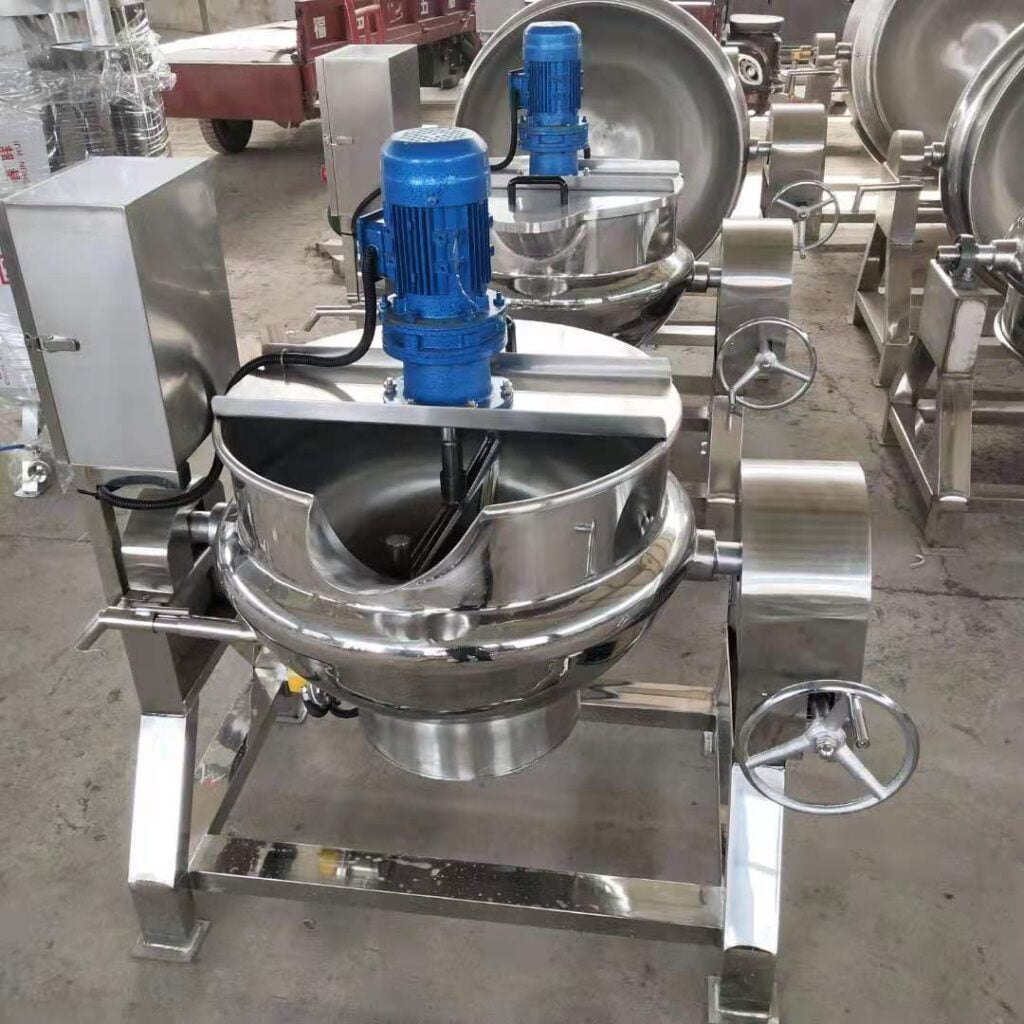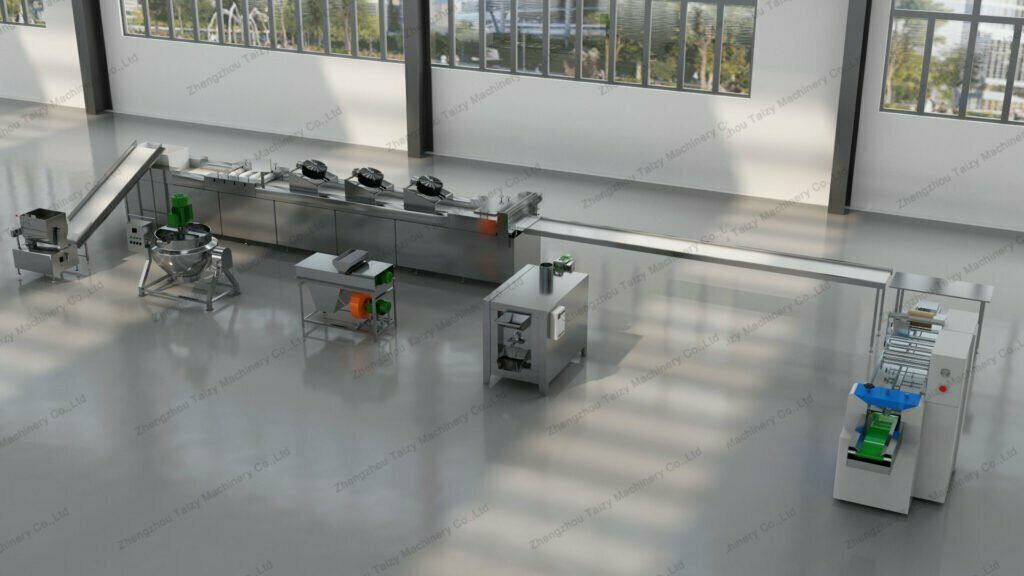The jacketed kettle pot is a heating pot with an automatic mixing function, suitable for heating some relatively viscous materials, such as candy making, soup, making jam, and other functions. It needs constant stirring during the heating process. It has always been a troublesome pot and has a wide range of applications. Let’s take a look.
What is a jacketed kettle pot?

A Jacketed pot means that the pot has a double-layer structure, which can continuously stir materials. It is widely used in some canteens, restaurants, and food processing plants. It heats faster and takes less time than ordinary pots. With tilt function, it is convenient to pour out materials, and the operation is very convenient. With temperature test function, it is convenient to master and control the temperature range during heating.
How to choose a vacuum jackted pot?
There are three heating methods for jacketed boilers, electric heating, steam heating, and natural gas heating. You can purchase them according to actual needs when you purchase them. Some customers may ask whether biogas can be used. Gas heating boilers can be heated with biogas. There is also the choice of stirring rods. When buying, do I need to have a stirring rod for the jacketed pan? It depends on the specific materials that need to be heated. If you are heating relatively thin materials, you don’t need to have a stirring rod. If it is a viscous material, you need to add a stirring rod.
What is a steam jacketed kettle used for?
Jacketed pans are widely used. They can be used to melt sugar in the process of candy processing, and can also be used to cook soup, make jam, and make chocolate.

How to operate the commercial pot?
- Add the materials to the pot.
- Stir.
- Open the steam inlet valve, pass steam into the interlayer (steam pressure ≤ 0.10Mpa), open the trap, close the bypass valve, and heat to the specified time.
- When the material meets the requirements, close the steam inlet valve and stop stirring.
- Hold the handle and slowly tilt the reaction jacketed kettle pot to pour the liquid out of the pot.
- After the liquid has flowed, clean the tilting reaction pot with purified water.
- Pay attention to the pressure of the pressure gauge to keep it at ≤0.10Mpa and keep the heating requirement.
- Check the sensitivity of the safety valve of the tilting reactor.
- Regularly check the oil sealing valve to prevent oil leakage.

What are the advantages to using a steam jacketed kettle?
High heating efficiency, double-layer structure, with heat transfer oil in the middle, faster heating
With a tilting design, it is convenient to pour out after heating, convenient and hygienic
Equipped with a temperature control system to control the heating temperature in time
Different specifications of jacketed pot
| model | Bodyweight (pot, base, etc.) (kg) | Mixing part weight (kg) | Lid weight (kg) | Electric control cabinet weight (kg) | Body size (mm) |
| 100L | 90 | 40 | 7 | 5 | With stirring:1300*1000*1220 |
| 200L | 110 | 50 | 8 | 7 | With stirring:1400*1100*1300 |
| 300L | 130 | 60 | 10 | 7 | With stirring:1500*1200*1500 |
| 400L | 140 | 70 | 15 | 8 | With stirring:1600*1300*1550 |
| 500L | 150 | 80 | 20 | 8 | With stirring:1700*1400*1600 |
| 600L | 160 | 90 | 30 | 8 | With stirring:1800*1500*1650 |
Use case of the jacketed pot

In the process of making peanut candy, the sugar first needs to be melted, and then peanuts and other nuts are added for fusion. Therefore, in the process of making peanut candy, you need a device that can melt the sugar. This jacketed kettle pot is very suitable. , You can keep stirring, place the sugar stick pot.
Video of the pot

